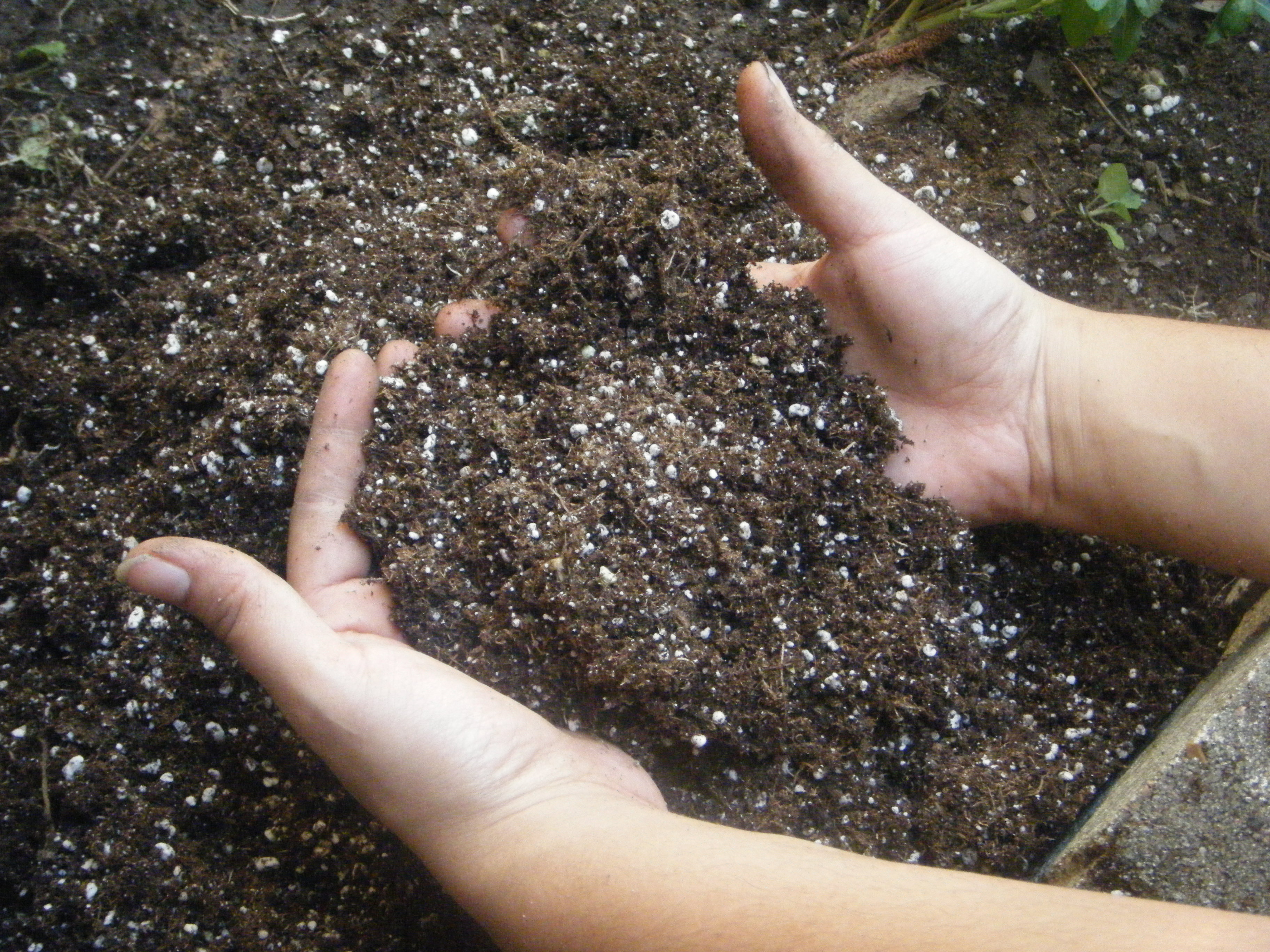
Summary: This week I learned about a charity called the AWI and I also learned more how to do the charity fair project. What I learned about the AWI is that they want to stop the hurting of animals by using the money given to them. They are trying to stop people from using steel jaw traps and barb wires because they can cause painful damage to animals with fur. What I learned about the charity fair is that we need a trifold, a cost and profit, a company name, and a product to sell. I also learned that food items were most famous in the charity fair because someone selling cake pops got about $72 dollars and my company wasn't selling a food item and we only got about !6 to 18 dollars.
Backward-Looking
How much of the subject I knew before was that you needed a product cost, profit, and poster. That's what we needed last year and I guess that they changed it a little to make it harder so we can learn more. This year they wanted us to do cost, profit, carbon footprint, trifold poster, company name, and product. This year was pretty different from last year but they were also kind of the same.
Inward-Looking
What I thought was satisfying about this project was the product because out of everything the frogs were the most popular because that's where most of our profit came from. One other thing that was satisfying was that when we were making the trifold because it looked awesome when we were done.
Outward-Looking
If I could give my product a grade it would be an A because it was colorful and it had the cost and profit on it. I would also give it an A because it had the carbon footprint as well and it also had pictures of the products so people can see what they look like on the trifold and on the table. One more reason I would give it an A because it had everything that was required but that's just my opinion.
Forward-Looking
One other thing I would like to improve on is to be better at listening because sometimes when I don't listen I'm confused on future work. I want to listen more to get good grades in school so I can then move on to the next grade. I want to do this so I'm not left behind and heldback even more.

